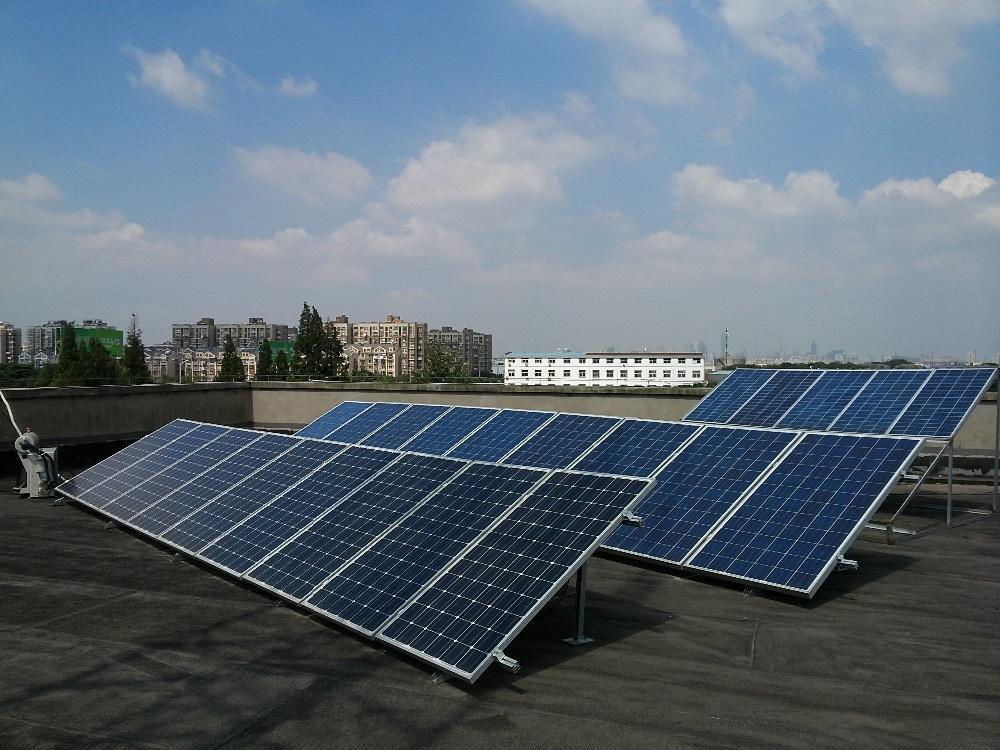BEIJING, Jan. 5 (Xinhua) -- Amid spiking energy demand and mounting environmental challenges, China is striving to build a greener energy system, with more investment flowing to the clean energy sector in the coming years.
China's total energy consumption will be capped at 5 billion tonnes of coal equivalent by 2020, representing an annual uptick of about 2.5 percent between 2016 and 2020, deputy head of the National Energy Administration (NEA) Li Yangzhe said Thursday.
The growth rate will be lower than the annual increase of 3.6 percent registered during the 2011-2015 period, Li said at a press conference reviewing highlights of the five-year plan for 2016-2020 for the energy sector.
This will translate into a 15-percent reduction of energy use per unit of GDP by 2020, he said.
"China is endeavoring to build a clean, low-carbon, safe and efficient modern energy system," Li told reporters.
"Focus should be put on quality in the energy sector's development, actively reducing overcapacity, and promoting green and low-carbon energy development," Li stressed.
Priority will be given to strengthening competitiveness of Chinese energy and related sectors, and a market-oriented approach will be adopted, he added.
According to the latest plan, the share of non-fossil fuels will rise to more than 15 percent and the share of natural gas should reach 10 percent by 2020.
China's GDP grew 6.7 percent in the first three quarters of 2016, on track to achieve the government's goal, but the country is also confronted by challenges, including environmental degradation.
Nearly 62 percent of 338 Chinese cities monitored by the Ministry of Environmental Protection suffered from air pollution on Wednesday. Coal is the main energy source in China, accounting for 64 percent of total energy consumption in 2015.
Many Chinese cities have suffered from frequent winter smog in recent years, triggering widespread public concern. Emissions from coal are cited as a cause of the high concentration of breathable toxic particulate matter, known as PM 2.5, which causes smog.
Amid the fight against air pollution, people have higher expectations for clean energy, He Yongjian, deputy director-general of the planning department of the NEA.
The increase in non-fossil fuels and natural gas will account for more than 68 percent of the total expected increase in energy consumption, meaning that clean and low-carbon energy sources will take the lion's share of the increased energy supply during the 2016-2020 period, with coal-produced energy consumption capped at less than 58 percent of the total, Li said.
The world's largest coal producer and consumer will cut outdated coal capacity by 800 million tonnes per year by 2020, while increasing use of cleaner coal by 500 million tonnes each year, according to the coal industry 2016-2020 development plan issued by the country's top economic planner last week.
A combined 2.5 trillion yuan (361 billion U.S. dollars) in investment will be given to renewable energy projects during the 2016-2020 period, creating more than 13 million jobs according to initial estimates, said Li, adding that renewable energy will play a bigger role in household and family heating.
"Renewable energy will be the pillar for China's energy structure transition," he stressed.
Priority will be given to promoting the use of clean-energy vehicles, lowering costs of renewable energy like wind power, improving energy use efficiency, and increasing innovation and global production cooperation in the energy sector, Li said.
Higher costs of renewable energy compared with fossil fuels have been widely cited as a key bottleneck to promotion of renewable energy such as solar energy.
"Renewable energy is pivotal to the global energy use transition," said Yu Chunping, an expert with Beijing-based China Energy Research Society, adding that clean energy, including nuclear power and renewable energy, only accounted for 18 percent of China's total energy mix, much lower than the global average of 38 percent.




 A single purchase
A single purchase









